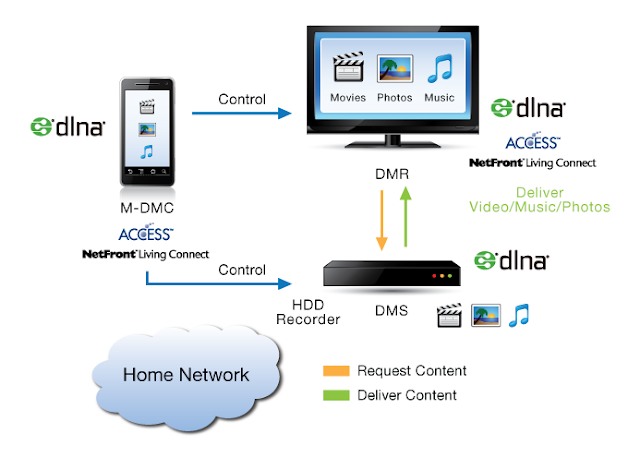What are dual core, core i3, core i5 and core i7 processors?
From the beginning of processors they have developed a lot. Modern processors has more capability, storage power and even operating or processing power. So what are dual core, core i3, core i5 and core i7 processors , we will learn in this post.
After Pentium 4, processors are developed rapidly, and eventually Intel introduced multi core processor family in the market.
A Dual core processor introduced by Intel, has two processor cores in a single package arranged in parallel, along with individual core operating clock frequency. Because they has two cores multi processing and multi-tasking has improved a lot in order to increase processing power of the CPU. However it was just the beginning of multi core to introduce a better performance with in efficient timing. Later on core i3 introduced by Intel.
Core i3 is a processor which also has two cores, however these cores are logically divided as three core processing power, or three times faster and processing power than earlier processors. Later on generations of core i3 introduced in the market with more operating power and frequency. Though it was not the end, after some time Intel introduced core i5 and core i7 processors in the market.
Core i5 and core i7 processors has similar story as it was in core i3. A Core i5 nad i7 processors also has two cores, however they too are logically divided as 5 core and 7 core, or 5 and 7 time faster and processing power than earlier processors respectively. Later on further generations of core i5 and i7 introduced in the market. This family of Intel processors is still being developed.
So we have learned now, What are dual core, core i3, core i5 and core i7 processors ? And what are the differences among them, keep learning from computerflicks. Please leave comments.



Comments
Post a Comment